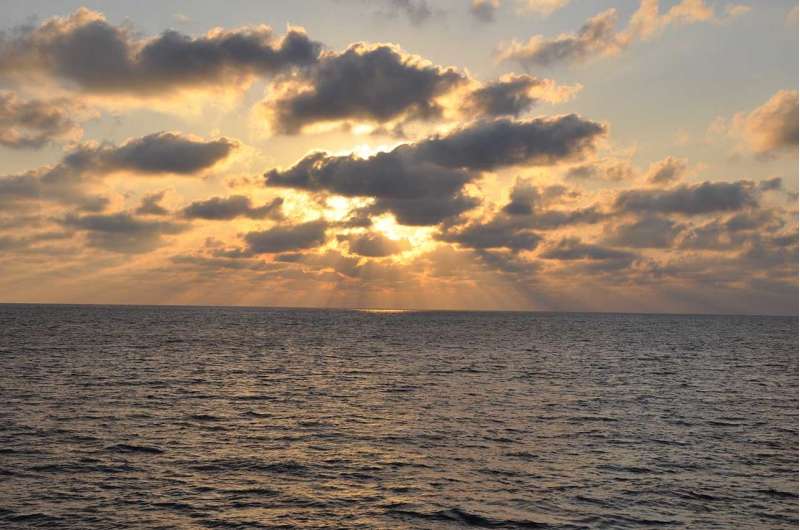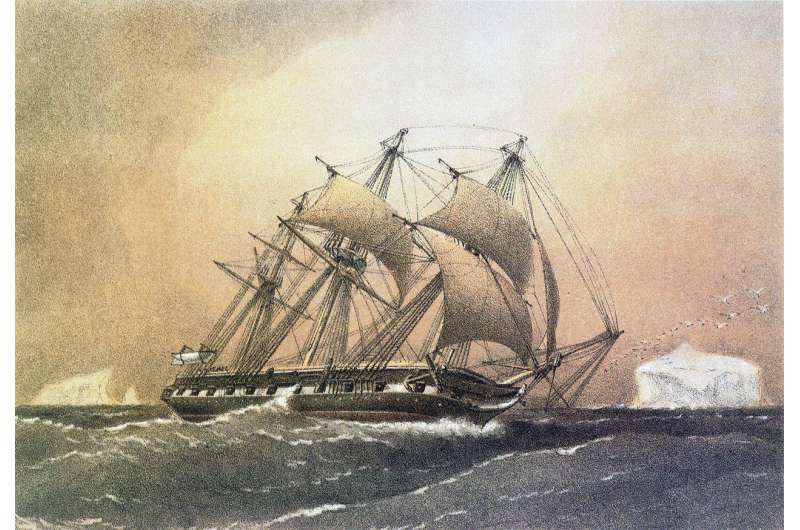January 4, 2019 report
Researchers find bottom of Pacific getting colder, possibly due to Little Ice Age

A pair of researchers, one with the Woods Hole Oceanographic Institution, the other Harvard University, has found evidence of deep ocean cooling that is likely due to the Little Ice Age. In their paper published in the journal Science, Jake Gebbie and Peter Huybers describe their study of Pacific Ocean temperatures over the past 150 years and what they found.
Prior research has suggested that it takes a very long time for water in the Pacific Ocean to circulate down to its lowest depths. This is because it is replenished only from the south, which means it takes a very long time for water on the surface to make its way to the bottom—perhaps as long as several hundred years. That is what Gebbie and Huber found back in 2012. That got them to thinking that water temperature at the bottom of the Pacific could offer a hint of what surface temperatures were like hundreds of years ago. To find out if that truly was the case, the researchers obtained data from an international consortium called the Argo Program—a group of people who together have been taking ocean measurements down to depths of approximately two kilometers. As a comparative reference, the researchers also obtained data gathered by the crew of the HMS Challenger—they had taken Pacific Ocean temperatures down to a depth of two kilometers during the years 1872 to 1876. The researchers used the data from both projects to build a computer model meant to mimic the circulation of water in the Pacific Ocean over the past century and a half.
The model showed that the Pacific Ocean cooled over the course of the 20th century at depths of 1.8 to 2.6 kilometers. The amount is still not precise, but the researchers suggest it is most likely between 0.02 and 0.08° C. That cooling, the researchers suggest, is likely due to the Little Ice Age, which ran from approximately 1300 until approximately 1870. Prior to that, there was a time known as the Medieval Warm Period, which had caused the deep waters of the Pacific to warm just prior to the cooling it is now experiencing.

More information: G. Gebbie et al. The Little Ice Age and 20th-century deep Pacific cooling, Science (2019). DOI: 10.1126/science.aar8413
Journal information: Science
© 2019 Science X Network





















